Big cats like lions, tigers, leopards, and jaguars are often admired for their power and beauty. However, their importance extends far beyond their majestic presence; they play a critical role in maintaining the health of ecosystems worldwide. Understanding the role of these apex predators is essential in appreciating their contribution to biodiversity and the overall health of our planet. Let’s explore how these remarkable animals are essential to preserving biodiversity.
Keystone Species: The Pillars of Ecosystems
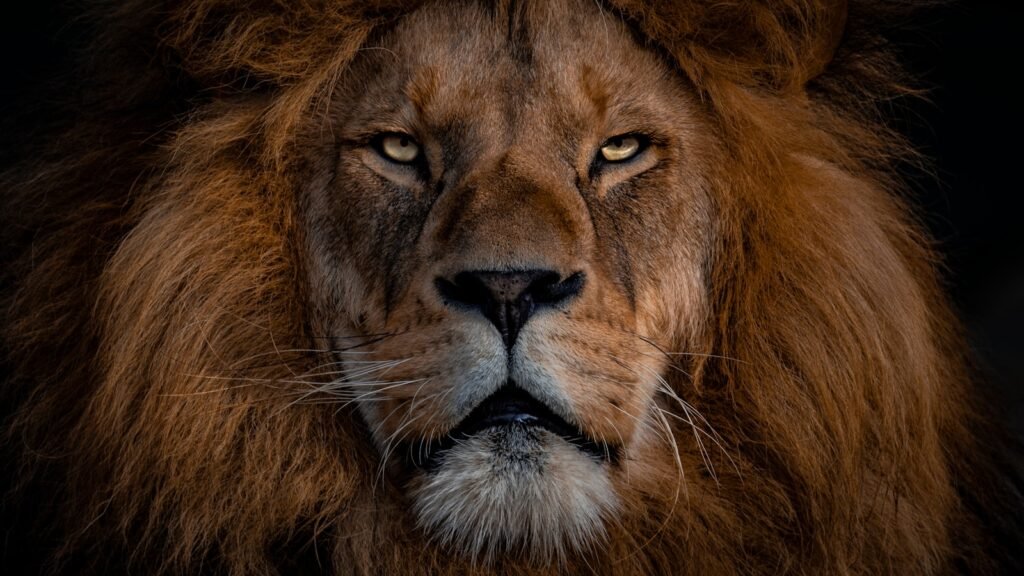
Big cats are considered keystone species, meaning they have a disproportionately large impact on their environment relative to their population size. By regulating prey populations, they help maintain a balance in the ecosystem, preventing overpopulation of certain species that can lead to habitat degradation. Without them, ecosystems could suffer from overgrazing and other detrimental effects.
Predator-Prey Dynamics
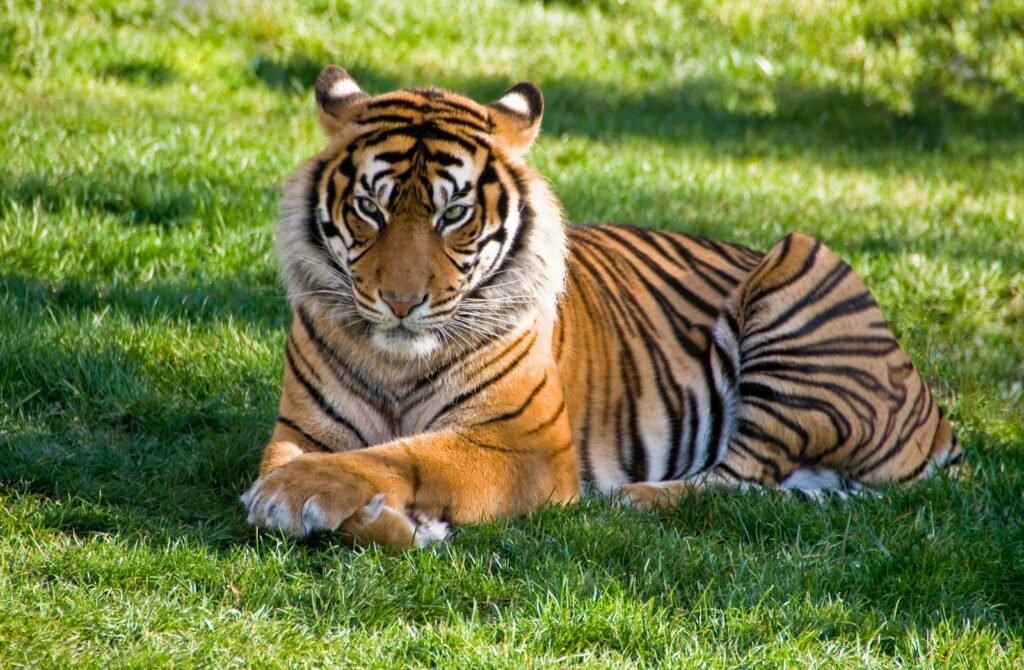
In their role as top predators, big cats help control the populations of herbivores within their habitats. This regulation is crucial because it ensures that no single species dominates the environment, allowing for a variety of plant species to thrive. When herbivore populations are kept in check, it promotes a healthier and more varied plant community, supporting diverse life forms.
Biodiversity Boost Through Trophic Cascades
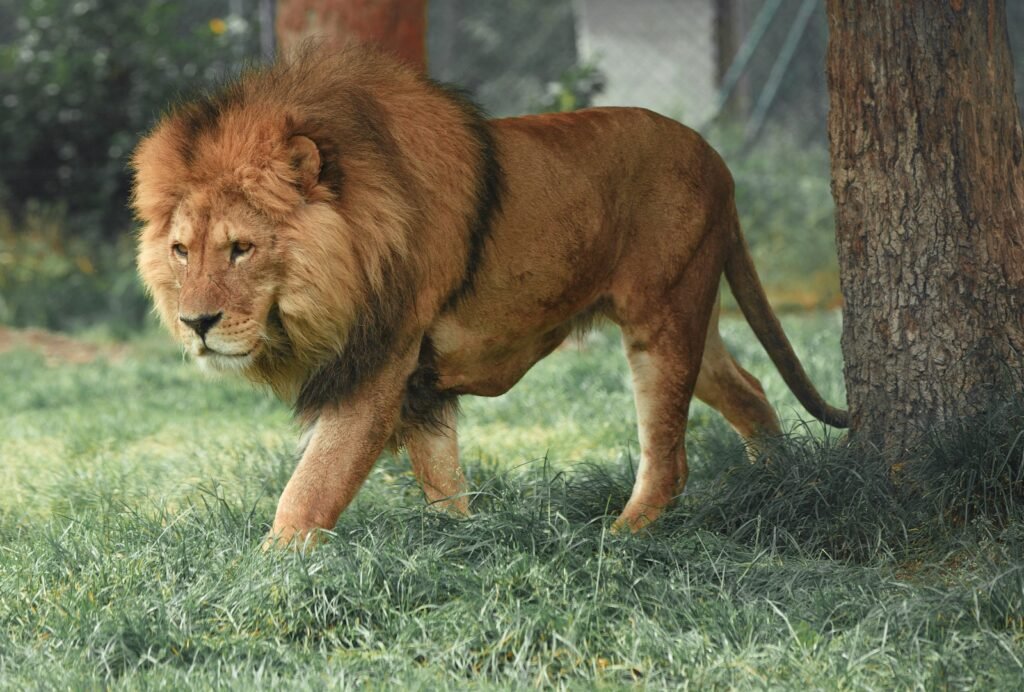
The presence of big cats initiates trophic cascades—ecological processes that cascade down through different trophic levels (the hierarchical levels in an ecosystem). For instance, when a big cat population is healthy, herbivores are kept in check, which allows vegetation to flourish. This vegetation supports a higher number of different species, including insects, birds, and small mammals, thereby boosting overall biodiversity.
Protecting Other Species
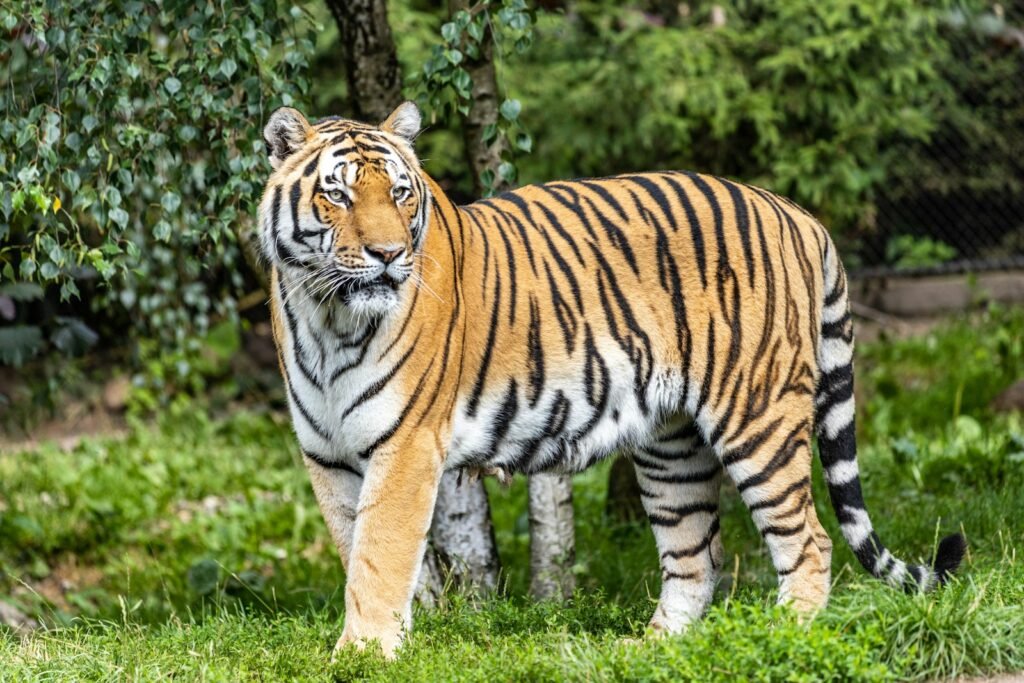
Protecting big cats also contributes to safeguarding other species that share their habitats. Conservation efforts geared towards big cats often necessitate the protection of large areas of land, which in turn provides sanctuary for numerous other species. Protecting these predators thus benefits many other plants and animals that rely on the same environment.
Indicators of Ecosystem Health
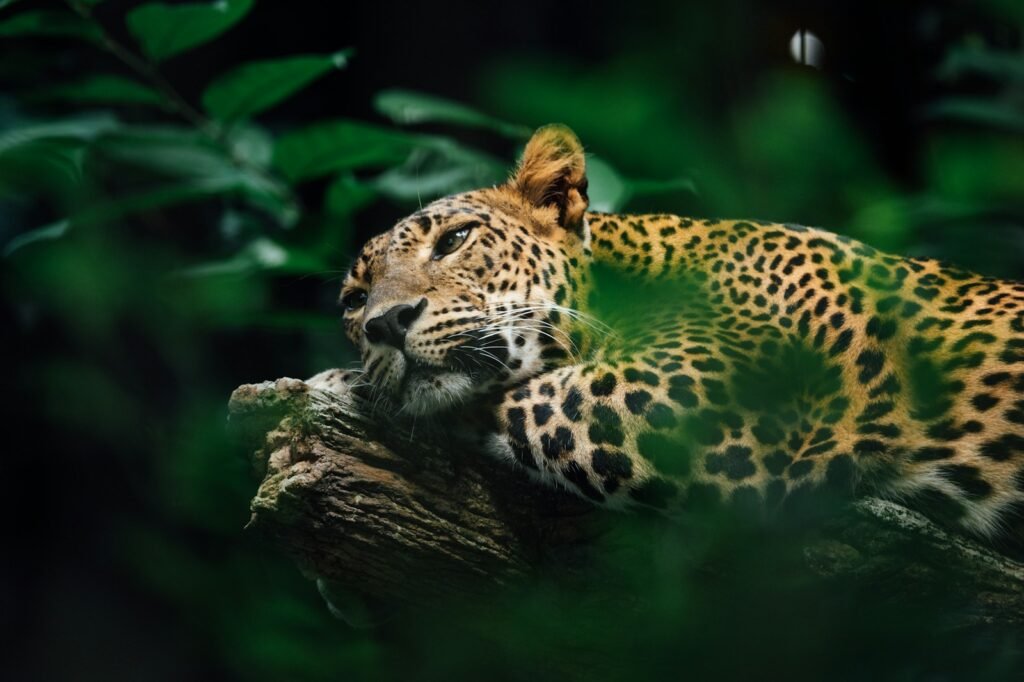
The presence and health of big cat populations are strong indicators of the general health of ecosystems. Healthy populations suggest balanced ecosystems, where there is enough prey and sufficient habitat. Conversely, declining big cat numbers can signal ecological imbalance, potentially prompting environmental recovery actions.
Human Impact and Conservation Challenges
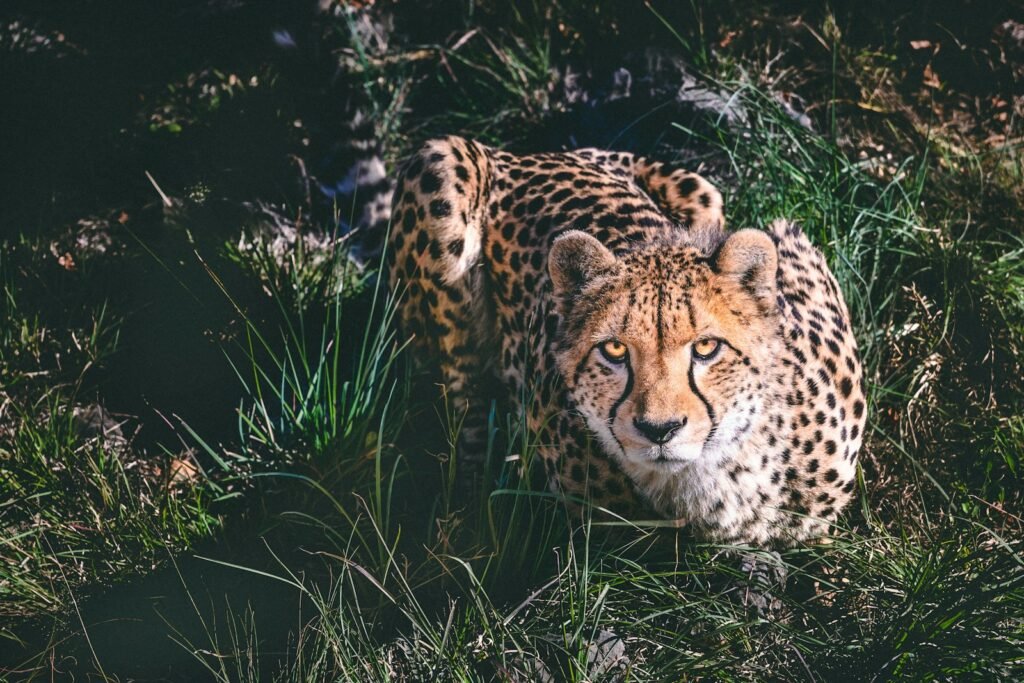
Humans pose the greatest threat to big cats through habitat destruction, poaching, and conflict. Conservation efforts must address these human-induced challenges to ensure the survival of big cats. Initiatives often include anti-poaching measures, habitat restoration, and community education programs to reduce human-wildlife conflict.
The Role of Big Cats in Climate Regulation
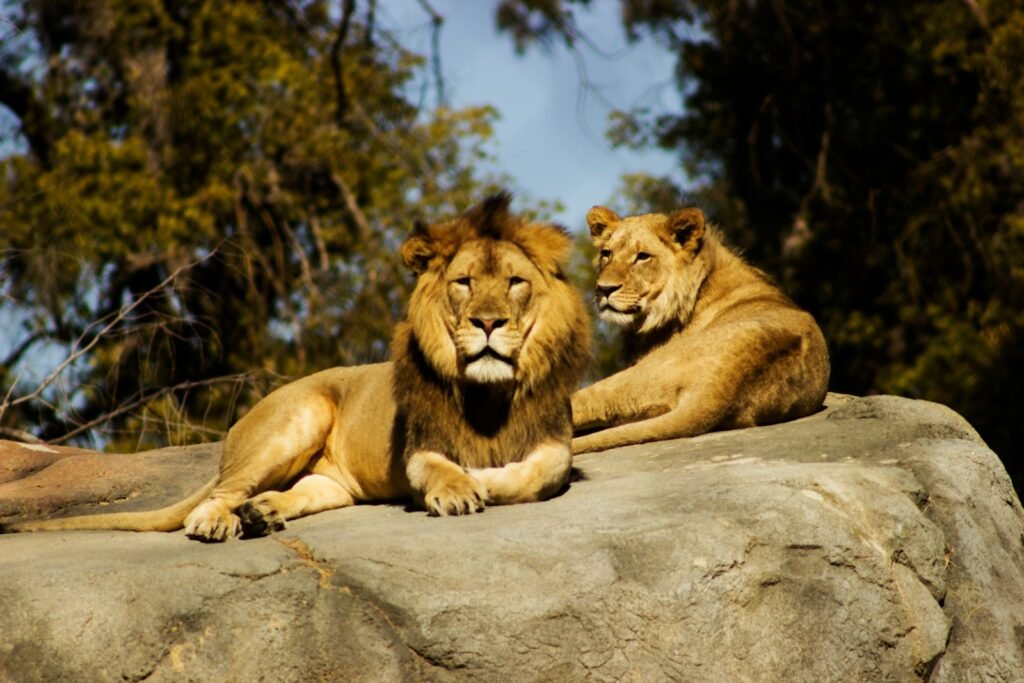
By maintaining balanced ecosystems, big cats also indirectly contribute to climate regulation. Healthy ecosystems sequester carbon efficiently, helping to mitigate climate change. Big cats, therefore, play an understated role in the broader environmental context, highlighting the intricate link between biodiversity and climate health.
Community-Based Conservation: Involving Local People
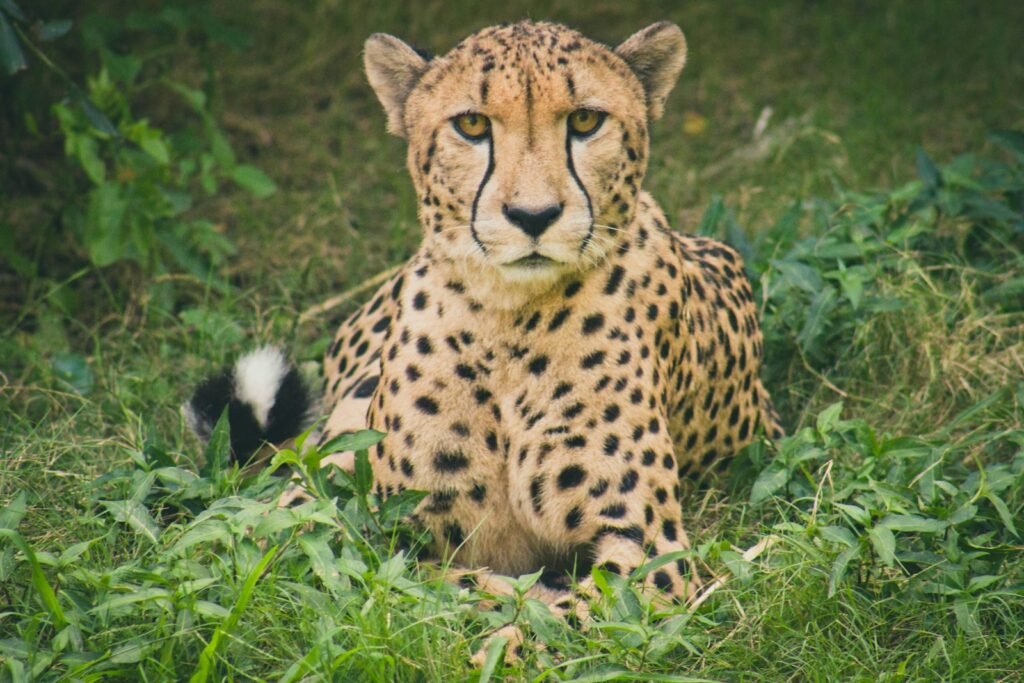
Successful conservation efforts often engage local communities, ensuring they are active stakeholders in protecting big cats and their habitats. Community-based initiatives can include eco-tourism, education programs, and incentivizing sustainable agricultural practices, which help balance human and wildlife needs.
Technological Advances in Big Cat Conservation
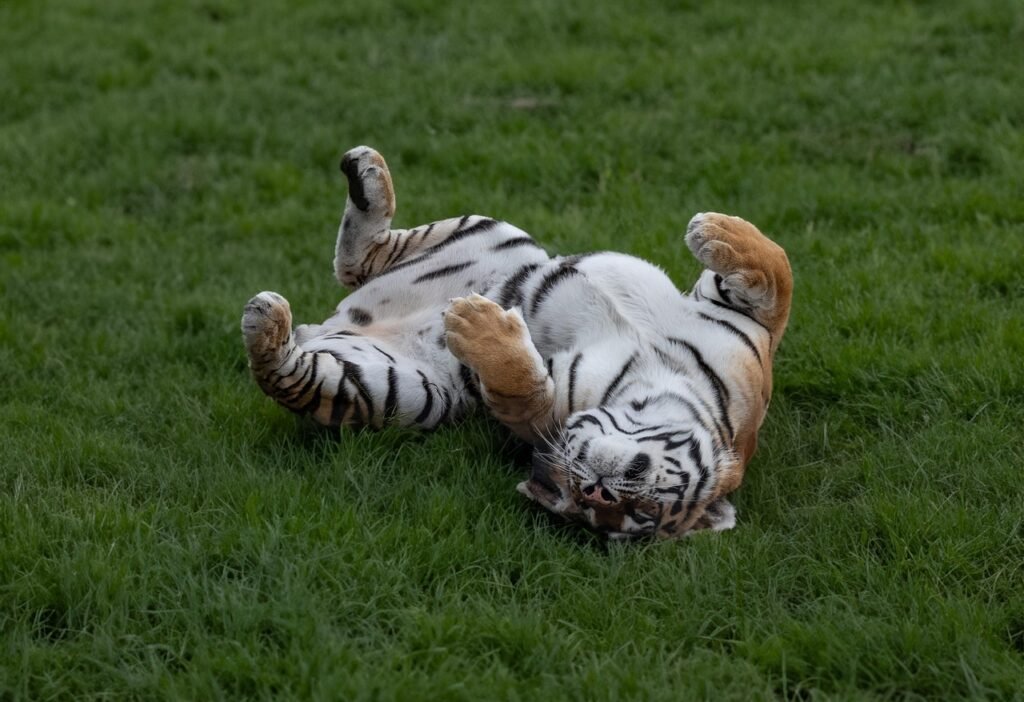
Innovative technologies such as GPS tracking, drone monitoring, and camera traps have revolutionized big cat conservation. These tools allow scientists to gather valuable data on big cat populations and their movements, enabling more effective conservation strategies and informed decision-making.
Restoring Balance: Reintroduction Programs
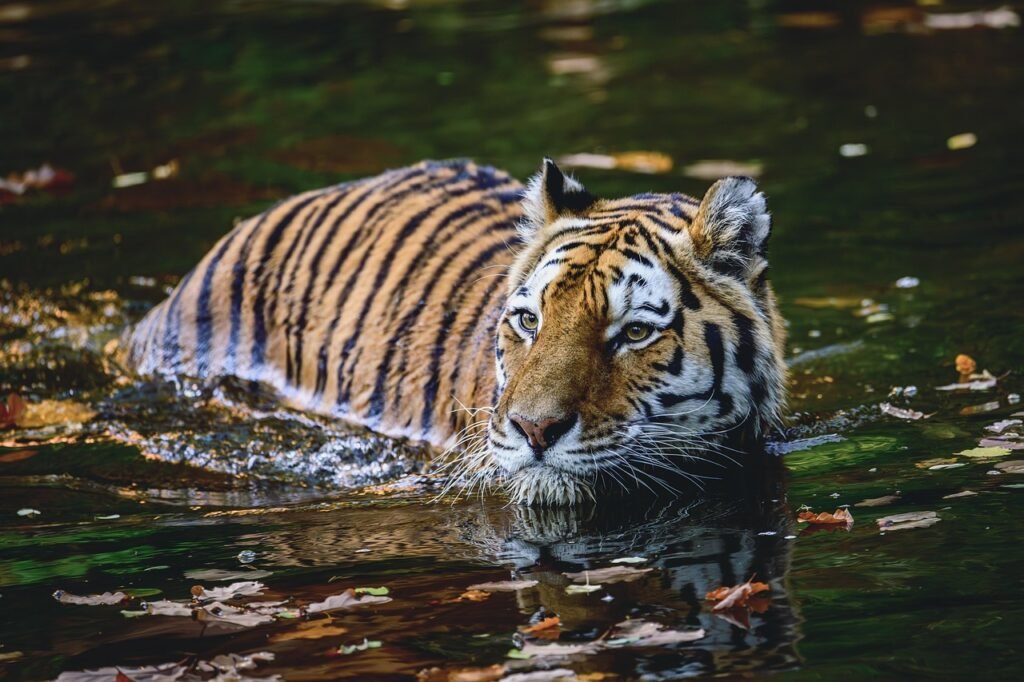
In areas where big cat populations have been severely depleted, reintroduction programs have been initiated to restore ecological balance. By reintroducing these predators, former habitats can recover, promoting the return of native plant and animal communities and restoring ecosystem functionality.
Education and Awareness as Conservation Tools
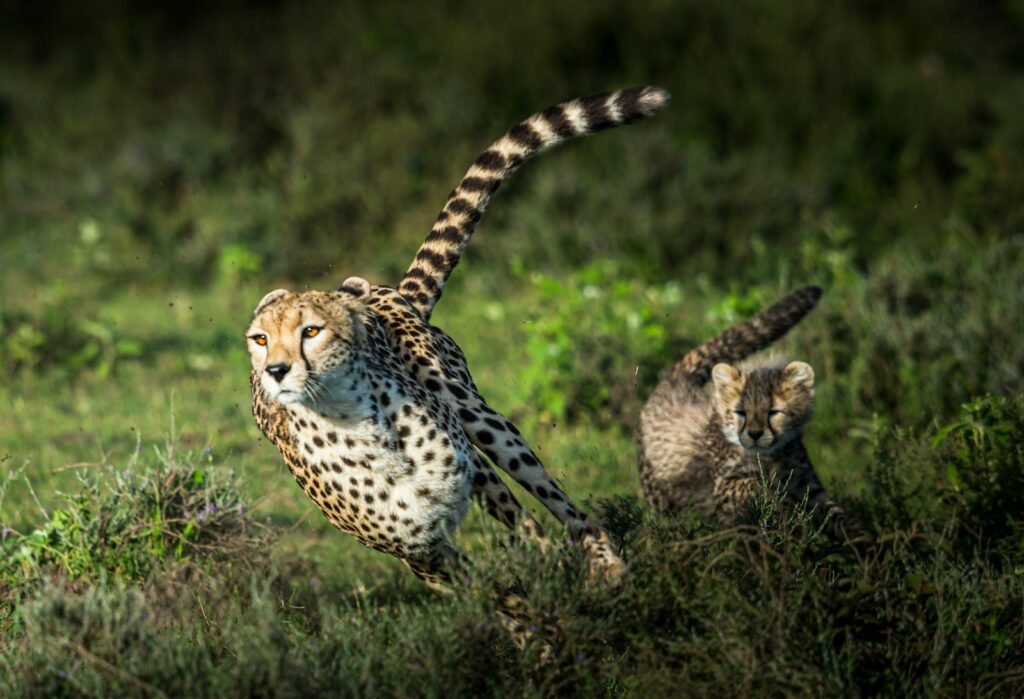
Raising awareness and educating the public about the importance of big cats is critical for their conservation. Global awareness campaigns help foster appreciation and understanding of these predators, garnering support for conservation initiatives and inspiring future generations to continue the fight for biodiversity.
Economic and Cultural Importance
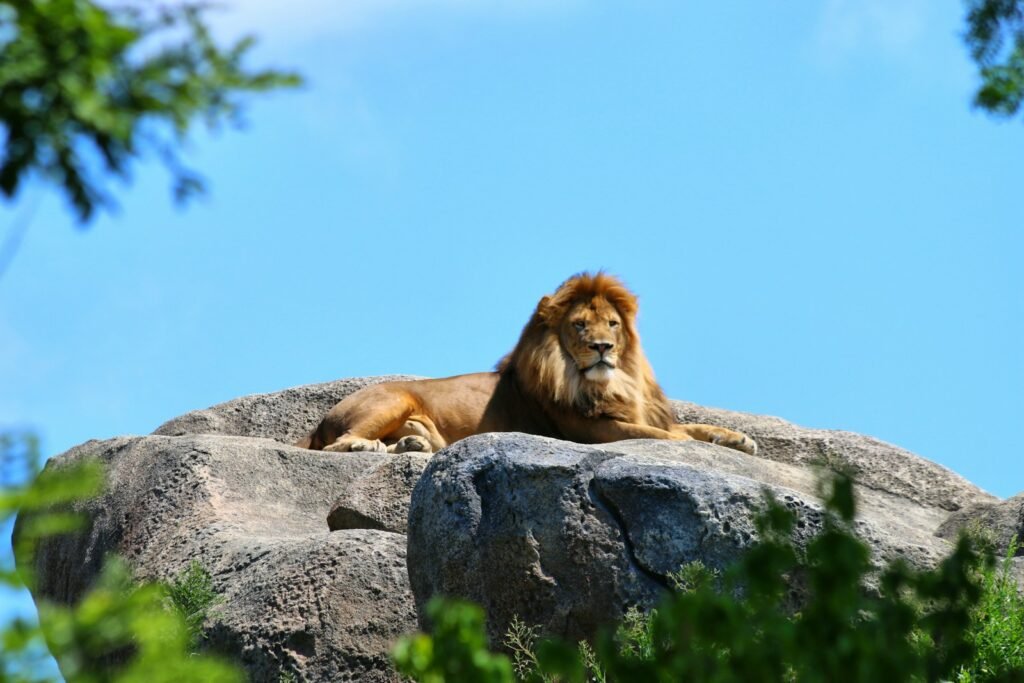
Beyond their ecological significance, big cats hold cultural and economic importance. They draw tourism, which can be a significant source of income for local communities. Culturally, big cats are often associated with symbols of strength and power, featuring prominently in art, folklore, and mythology around the world.
Conclusion: Ensuring a Future for Big Cats
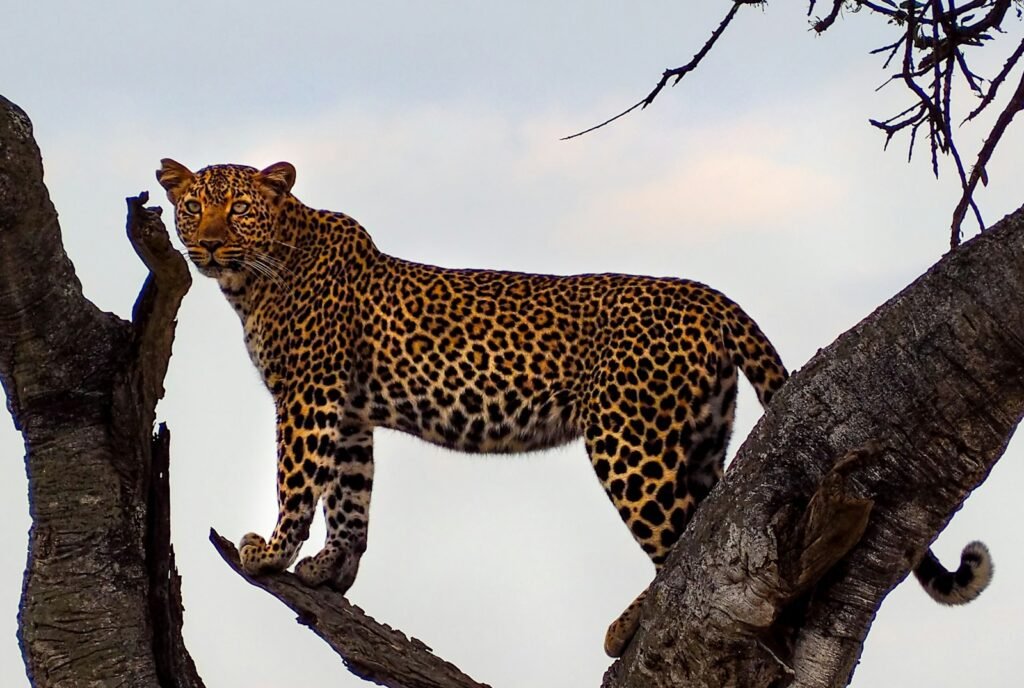
The presence of big cats is a testimony to a healthy, functioning ecosystem. Protecting these majestic creatures means safeguarding countless other species and maintaining the delicate balance that sustains life on Earth. As apex predators, big cats are integral to the structure and resilience of ecosystems, making their conservation an urgent and important task. By ensuring their survival, we contribute to the ongoing diversity of life that enriches our planet, underscoring the profound interconnectedness of all species.
Hi, I’m Bola, a passionate writer and creative strategist with a knack for crafting compelling content that educates, inspires, and connects. Over the years, I’ve honed my skills across various writing fields, including content creation, copywriting, online course development, and video scriptwriting.
When I’m not at my desk, you’ll find me exploring new ideas, reading books, or brainstorming creative ways to solve challenges. I believe that words have the power to transform, and I’m here to help you leverage that power for success.
Thanks for stopping by, Keep coming to this website to checkout new articles form me. You’d always love it!






